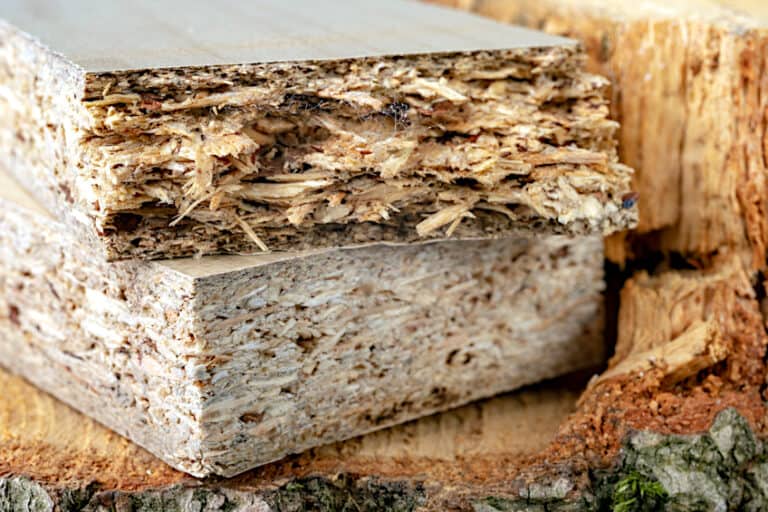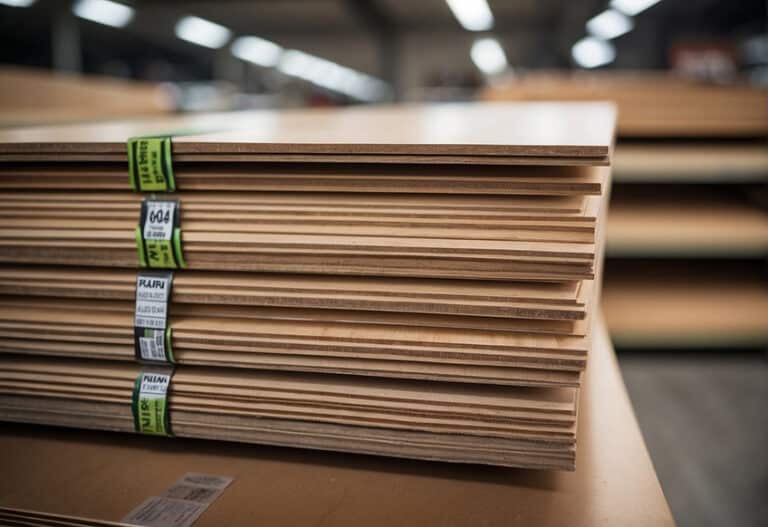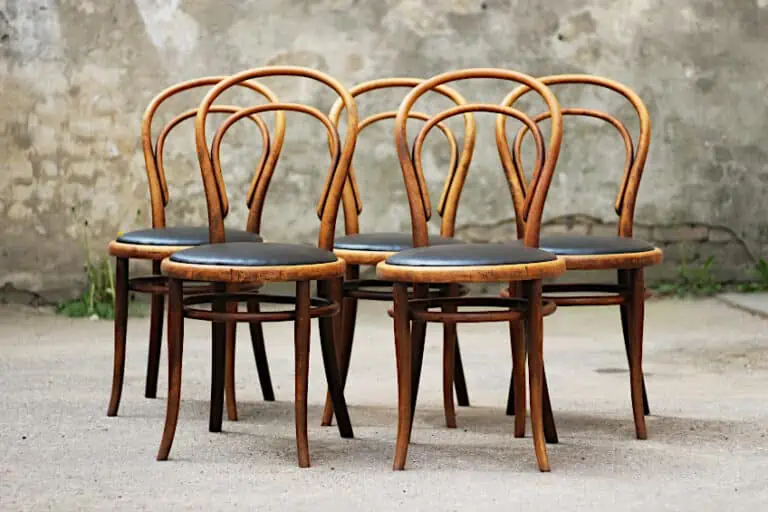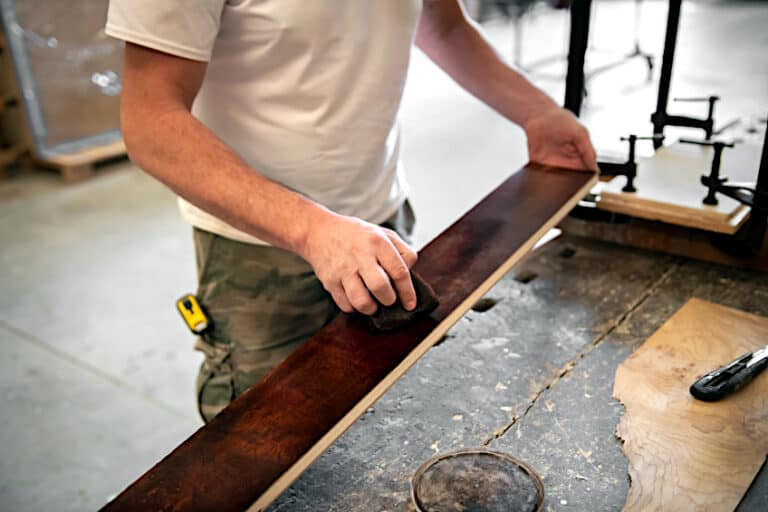Cheapest Wood – Most Affordable Timber Species
One of the most influential factors to consider when starting a woodwork project is the price of the wood you’ll be using. Wood can vary considerably in price depending on the species, time of year, and even where the wood comes from. If you don’t have a ton of money to spend on your next project, we thought we’d show you some of the cheapest wood species out there, how much they cost, and how they manage to stack up against one another. That being said, you should always shop around and compare prices when looking for materials in order to get the best bang for your buck.
Table of Contents
Types of Cheap Wood
The cheapest type of wood is usually a softwood species that are abundant and not all that sought after. These can usually be purchased in bulk and used for a variety of applications including furniture production, wood crafting, artwork, the creation of small structures, and supplementary materials for other wood species. Below we’ve listed some of the cheapest wood species money can buy, as well as their characteristics and what they can be used for.
Pine Wood
Pine is the cheapest type of wood that the everyday crafter can get their hands on. Pine, as you probably know, is quite versatile and is used in a wide range of applications across various industries. Pine can be used for flooring, furnishings, shelving, outdoor furniture, birdhouses, and even installation art pieces. For its low prices, pine is rather versatile and relatively hard-wearing.
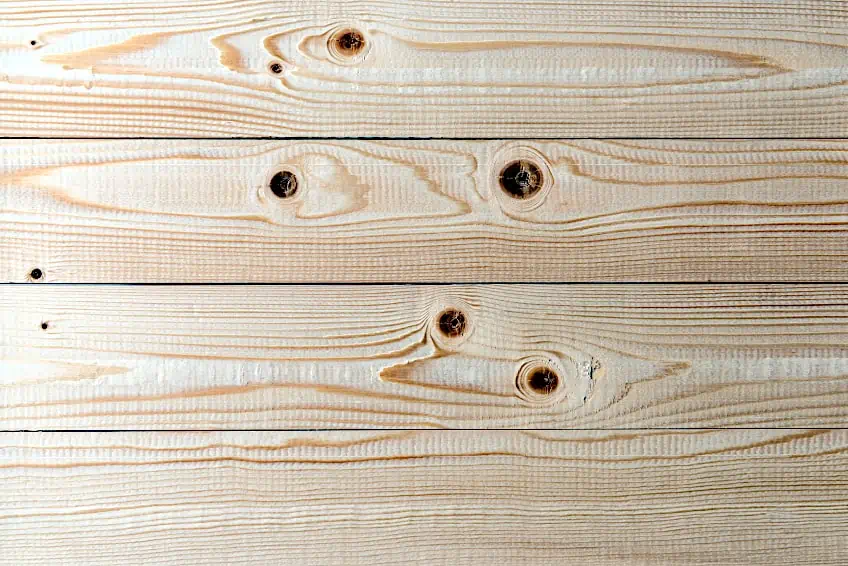
What makes pine wood so cheap? Pine is locally sourced and happens to be rather abundant. The characteristics of pine can vary depending on the specific species being harvested. As a result, stronger pine can be used for load-bearing applications, and softer pine can be used for applications that require more malleable wood such as crafting.
Maple Wood
While it might not be the cheapest hardwood, maple is still pretty cheap and is what pops into mind when most people think of high-quality inexpensive hardwood. Maple can be both hard and soft, with the harder variations of the genus being more sought after and expensive. This means that you can pick up some soft maple at a really good price in most of the continental United States.
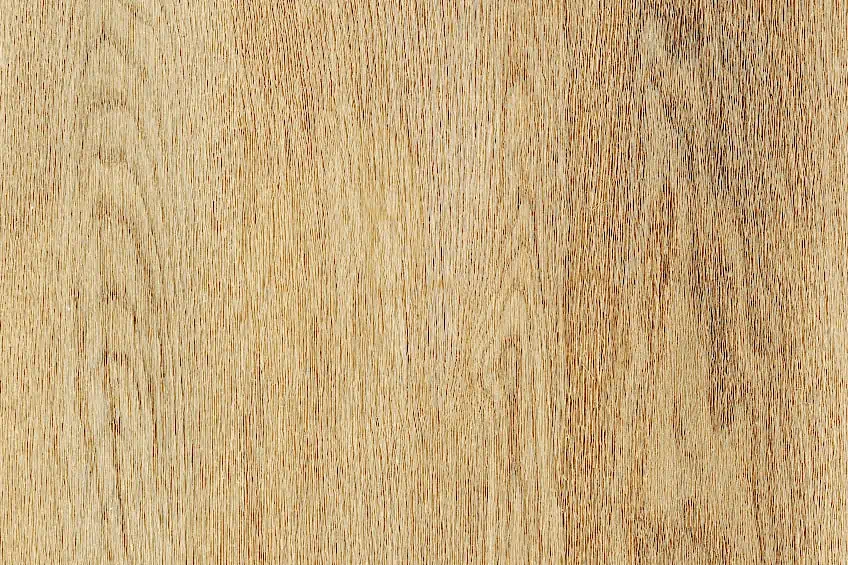
Why is maple so cheap? Maple is a lot like pine in that it is locally sourced and comes in a variety of hardness grades. Additionally, the grain pattern and the color of maple heartwood are stunning to look at, which is why it is so widely used. However, some variations of maple wood can be toxic, so be sure you know exactly what species you’re purchasing and ensure that you wear a mask and gloves when handling unknown maple wood, regardless of the price.
Poplar Wood
Poplar isn’t the cheapest hardwood either, but it has some properties that make it unique among the budget-friendly wood species we’ve covered so far. What makes poplar wood so special you ask? Well, poplar wood can actually be used as a substitute for expensive hardwood species if you’re looking for a workable, good-looking wood species.
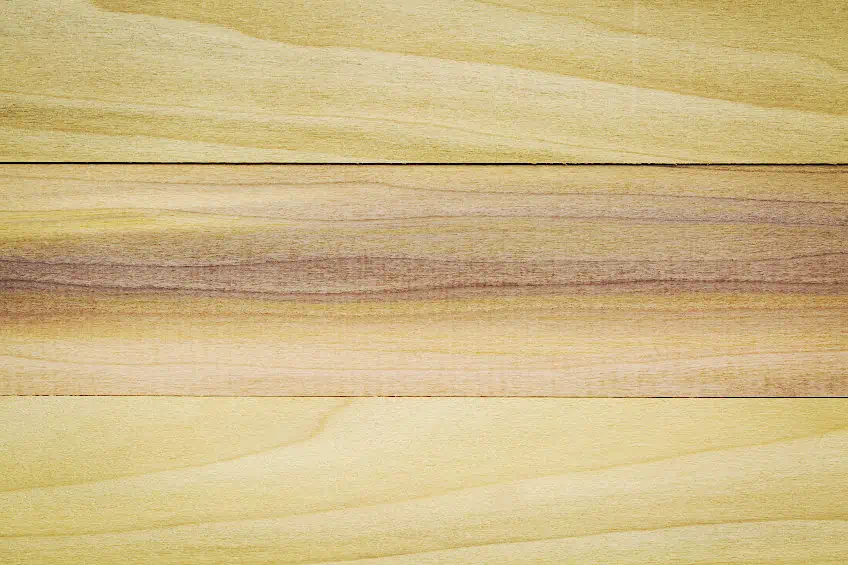
Poplar wood can be deceiving though, so do your best to keep in mind that even though this wood appears to be strong it does not have the tensile strength of woods like oak or maple. This doesn’t mean that it’s particularly weak though, as poplar wood is commonly used in the construction of light furniture and even non-load-bearing construction applications.
Alder Wood
Alder wood is pretty cheap and can be used to imitate the appearance of more expensive wood species quite easily. If you’re looking for a close analog, alder wood is not too far off from poplar wood in that it looks far more expensive than it actually is. The key difference between alder wood and poplar is that alder tends to respond to things like varnish and wood stain quite well.
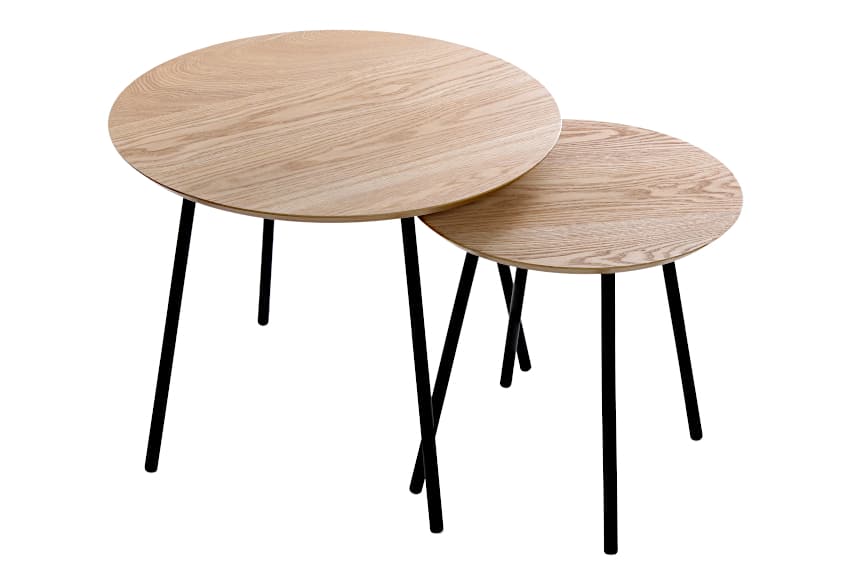
Stained alder generally looks evenly and intensely stained due to the wood’s porosity. Alder can be used for the creation of small to medium-sized furnishings such as coffee tables, small chairs, shelving, and wood crafts. Alder wood is typically used when one desires an aged, rustic appearance, without breaking the bank.
White Oak Wood
White oak wood is one of the best affordable wood species among crafters and woodworking professionals alike. This wood strikes the balance between being hard-wearing and affordable, making it something of a crowd favorite in various industries and applications. Aside from being durable and affordable, white oak is also pleasing to the eye, ticking all of the boxes for wood crafters.
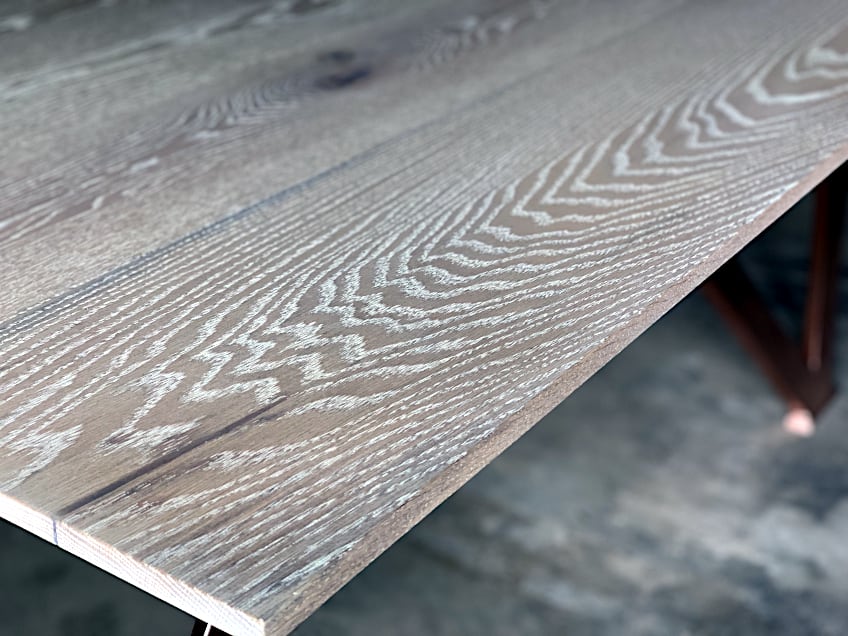
Due to its well-rounded nature, white oak is used to create a wide range of things including furniture like tables, chairs, shelving, children’s toys, ornate bowls, coasters, serving boards, and pretty much anything else you can think of. Due to it being so versatile, you’d think white oak would be really expensive. However, thanks to its abundance it is relatively affordable.
White oak is one that is used for high-end applications as well, some of which may surprise you. One of these is the craft of boat building, where the durability of white oak is used for the construction of both hulls and crew quarters. This wood is very sought after, but is still easy to find and is rarely expensive despite the demand.
Ash Wood
Another wood that can be quite deceiving to the eye is ash wood. Harvested from various species of ash trees, this wood has incredible aesthetic qualities, including a uniform grain texture and a color tone that can range anywhere between light cream and dark brown. It also has a straight-grain pattern, which has made it quite popular among DIY enthusiasts and professional crafters alike.
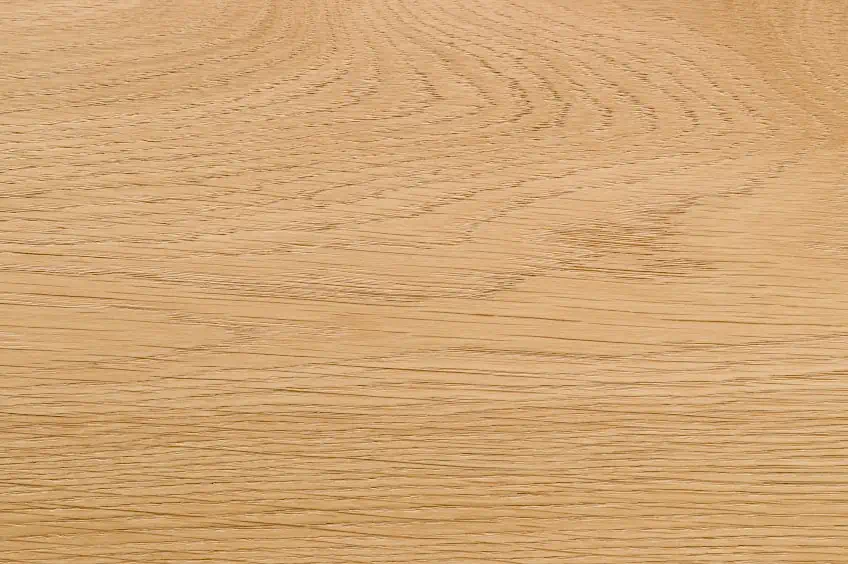
Like lots of the other wood species on this list, the affordability of ash wood is linked to its abundance and the fact there are better looking, more durable wood species on offer. That being said, you’d be hard-pressed to find the difference between ash wood and a high-end wood species like walnut with the naked eye.
This wood can be used for a variety of applications including the creation of furniture like recliners and sofas, as well as things like dining tables and chairs. Thanks to its natural uniform appearance, ash wood can be used as a believable substitute for more expensive wood species, and since it responds to wood treatment well, this is often the case.
Where to Get Cheap Wood
Retailers and even lumber yards tend not to sell their wood for low prices (them being businesses and all) but they aren’t your only option. There are many places for you to get really cheap wood either brand new or wood that has been reclaimed and/or resurfaced. If you’re looking to save some money, here’s where to get cheap wood for your next wood crafting project.
Lumber Yards
Lumber yards are one of the best places to find cheap wood. Now, this doesn’t mean that the wood will be of the best quality, but it should be more than sufficient for what you need. Lumber yards will typically sell below-standard wood-like boards that have aesthetic imperfections, knots, or damage for much cheaper than they do conventional wood boards.

Online Marketplaces
If you’re wondering where to get cheap wood but don’t have a lumber yard close by, you could try the internet. There are often websites and wood crafting forums on which other crafters will sell leftover wood, or simply wood they no longer need. Prices on these sites are often much cheaper than purchasing from a retailer.
Salvage Yards
Salvage yards probably aren’t the first place that comes to mind when thinking about where to get cheap wood, but they can often be the best places to come across reclaimed wood. After all, most people throw away old furniture and other wooden workpieces when they get new ones, which means that there could be many cheap, high-end wooden workpieces for you to choose from if you’re lucky.
Repurposing Older Workpieces
There is no cheaper wood than free wood! Or rather, why buy wood when you can simply use wood you already own? Old workpieces or forgotten projects can be deconstructed and used to create new workpieces, and the best part is that it won’t cost you a cent! What’s more is that you know the size, quality, and tolerance of your material before you begin repurposing it.
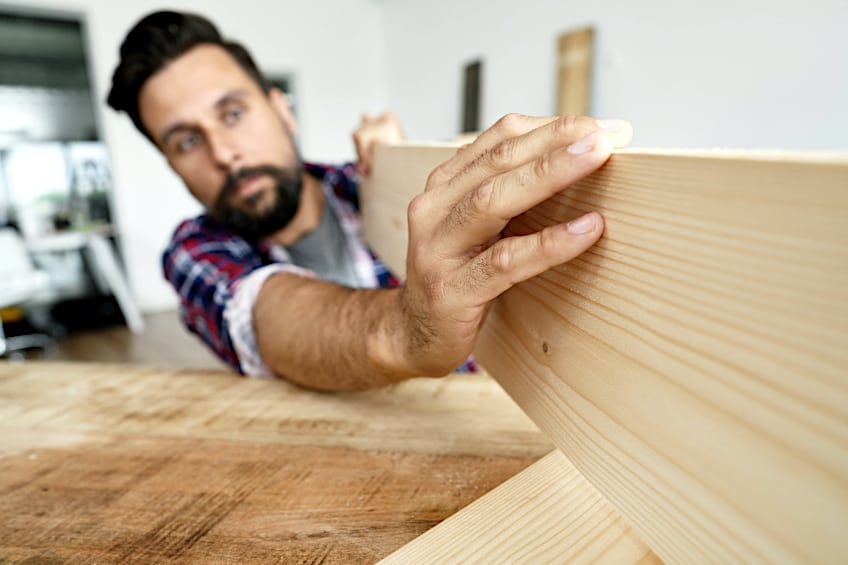
Factors That Affect the Price of Wood
Before we show you what the cheapest wood species are, we thought we’d give you an idea of how wood is priced for sale. As we mentioned previously, there are many factors that affect the overall price of wood, and even wood that seem similar can have a stark contrast in pricing. So, without further ado, here are a few factors that affect the price of the wood board.
The Size of Your Order
The size of your lumber order can affect the final price significantly. After all, the more boards you purchase, you more you’ll pay, but there is a chance that the seller could give you a discount because you’re purchasing in bulk. The size of your order definitely affects how much you’ll spend at the end of the day, but this doesn’t mean that you need to buy in bulk.
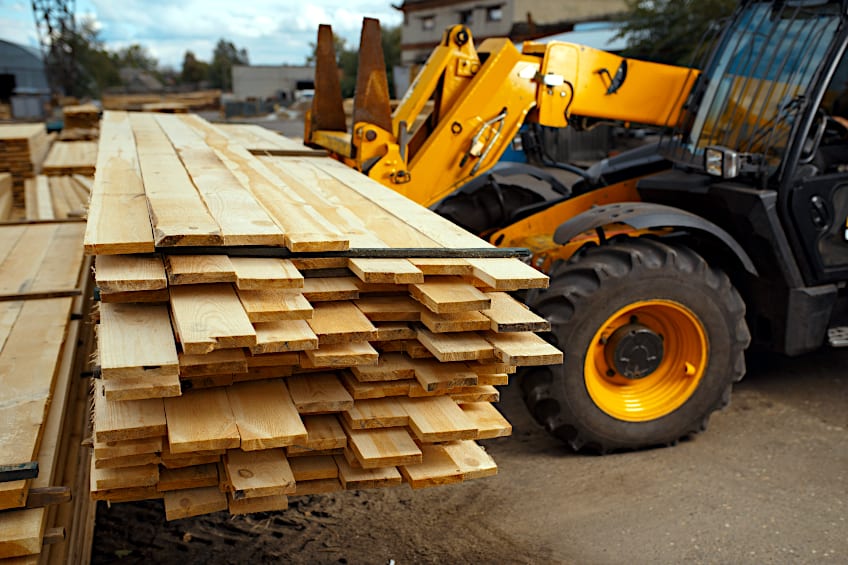
The Dimensions of Your Boards
Just like the amount of wood you order will be after the overall cost, the size of the wood boards you order will also affect the final price you pay. If you’re after some run-of-the-mill 2x4s it won’t burn a hole in your pocket, but if you’re looking for irregularly shaped or especially large pieces of the wood board then it will likely cost you quite a bit more money.
Its Country of Origin
The cheapest wood boards can be both domestic and from abroad. After all, where your wood comes from can affect the price, especially if it was expensive to purchase, transport, process, or store, this can drive up the sale price once the wood reaches the store shelves. Additionally, if the exchange rate is not in your favor from the country of origin, your wood could cost you more.

Season of Purchase
There are many things that can affect the price of your wood that won’t be in your control. If you’re looking for a wood species that is currently outside of its harvesting season, it will almost always cost you a lot more money compared to when it is in season. Why? Supply and demand dictate that if something is sought after and scarce, it generally increases in price significantly.
The Grade of Wood
Even when purchasing the cheapest wood boards, the grade of the wood you’re after can mean paying much more or much less. Whether it be engineered wood, hardwood, or softwood, higher grades of wood will virtually always cost more due to the conditioning the boards have been through and the inherent superior quality of the wood used in the board’s construction.

How to Work With Cheap Wood
Cheap doesn’t always mean low quality, but cheaper wood is more often than not, softwood. Softwood can be a bit trickier to work with compared to hardwood, with the primary difference being durability. Softwood is less dense compared to its hardwood counterparts, but on the upside, they are more malleable and porous.
Softwoods can be easier to stain and cut, but they are often far less durable than hardwood species. Working with softwood species means being less heavy-handed with your approach as you could end up damaging your workpiece. When using power tools like table saws and sanders, work slowly as they tend to change shape and cut faster than hardwood species.
Softwood is also generally much lighter than hardwood species, but don’t let this fool you. At the end of the day a ton of wood is a ton of wood, so don’t be tempted to move or transport softwood species without implementing the exact same safety measures you would with a hardwood species, regardless of how much your brain tells you that it’s probably lighter.
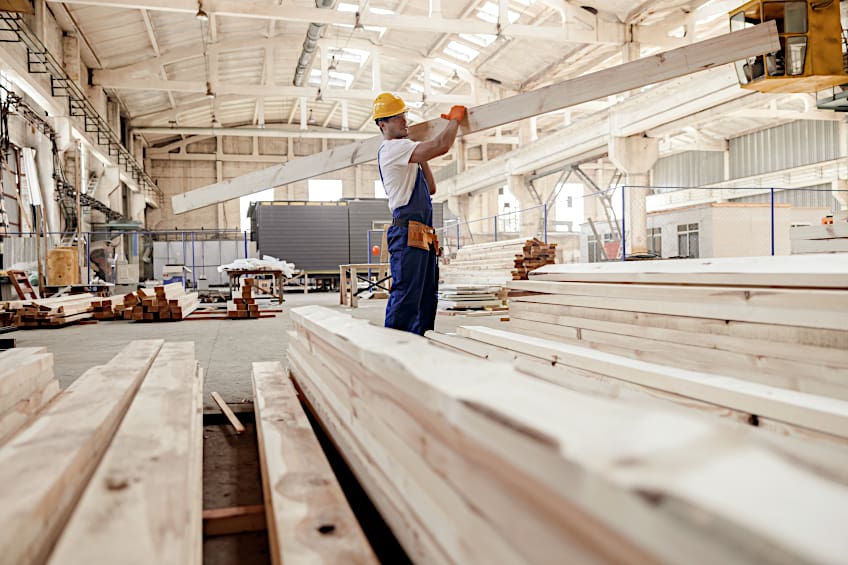
If you’re used to working with hardwood species you’ll notice that softwood species respond well to things like varnish, wood stain, and even paint. This is because softwood species are far less dense, and this often means they’re more porous and more receptive to these treatments and/or coatings. It can therefore be easy to overapply these finishes, so do your best to compensate.
If you’d like to conceal the true nature of your wood, staining and varnishing are good ways to alter the appearance of the wood without obscuring its grain pattern and texture. If you do end up overapplying your wood treatment, softwoods sand very easily, so it won’t be a nightmare to reapply your finish.
What Is the Best Budget Friendly Wood for Furniture?
While all of the wood species we’ve mentioned so far are great for furniture creation, the type of furniture you’ll be making as well as where that furniture will be situated are important factors to consider. While pine wood is the cheapest wood for furniture creation, it dents quite easily and therefore should not be used in applications where it could potentially be bumped or scratched easily.
White oak might not be the very cheapest wood for furniture creation, but it is relatively cheap and is far more durable than pine. This is why it is often used to create heavy, heard-wearing furnishings like armchairs and recliners. However, white oak has a distinctive grain pattern, which isn’t good if you’re trying to pass it off as a more high-end wood species.
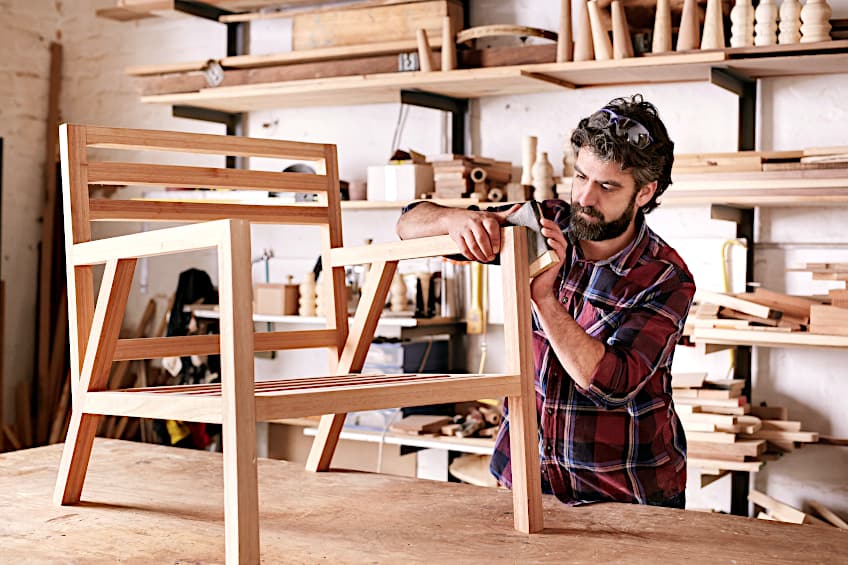
Ashwood on the other hand has a straight grain pattern. This means that it can be passed off as a number of high-end wood species with very little effort on your part. What’s more, is that it stains well, is durable, and can be picked up at a fraction of the price of most high-end hardwood species. This makes it the ideal candidate for imitation furnishings.
Now that you know what some of the cheapest wood species are, where to find cheap wood, what makes these wood species so affordable, and how each of them can be used, it’s time for you to get out there and put your newfound knowledge to the test. Remember that cheap doesn’t always mean bad quality and that with a bit of ingenuity, any workpiece can look incredible!
Frequently Asked Questions
What Is the Cheapest Wood Species?
Whether you’re just starting your woodwork journey or you’re a professional that’s a bit strapped for cash, everyone looks for cheap wood at some point in their lives. What is the cheapest wood species though? Pine is arguably the cheapest wood species out there, and also happens to be one of the most versatile.
What Are the Types of Cheap Wood?
Cheap wood can come in many shapes and forms depending on what you’re looking for. What are the different types of cheap wood you’ll come across though? Generally, softwood species and engineered wood are far cheaper than conventionally used hardwoods.
What Is the Cheapest Outdoor Wood?
If you’re looking for the cheapest outdoor wood for your next workpiece, look no further than Douglas fir. Not only is this wood species naturally resistant to the elements, but it takes to coatings and treatment oils quite well too!

I have been into woodworking since 2005 and woodturning since 2011. Because of my love for wood and woodworking, I started woodhappen.com to teach other enthusiasts about how to finish and seal wood, the best woodworking tools, the different types of wood, and everything else related to woodworking! Read more about me here.


